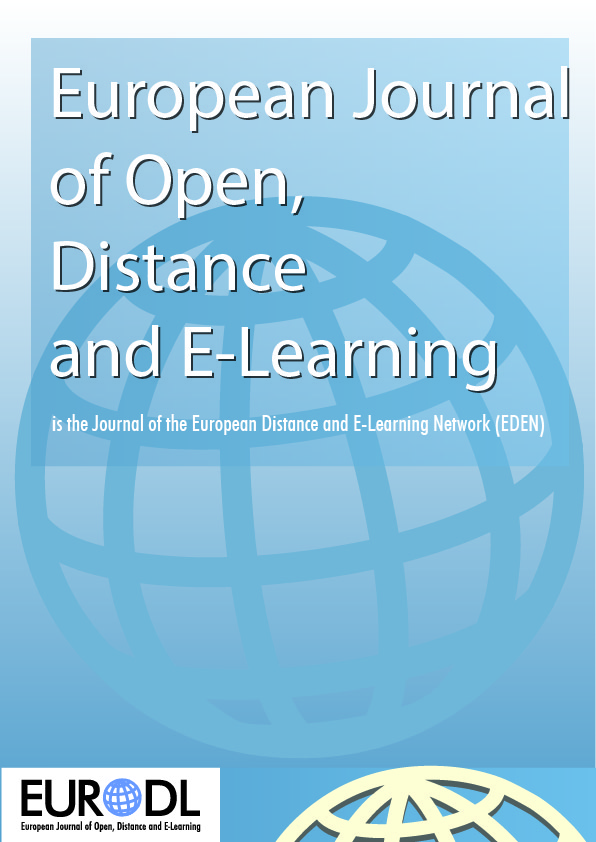Learners on the Periphery: Lurkers as Invisible Learners
Learners on the Periphery: Lurkers as Invisible Learners
Author(s): Sarah Honeychurch, Aras Bozkurt, Lenandlar Singh, Apostolos KoutropoulosSubject(s): Social Sciences, Education, Higher Education
Published by: European Distance and E-Learning Network
Keywords: lurkers; legitimate peripheral participants; invisible silent learners; peripheral learners; online learning networks; Community of Practice; Pareto Principle
Summary/Abstract: Lurkers, who are also known as silent learners, observers, browsers, read-only participants, vicarious learners, free-riders, witness learners, or legitimate peripheral participants (our preferred term), tend to be hard to track in a course because of their near invisibility. We decided to address this issue and to examine the perceptions that lurkers have of their behaviour by looking at one specific online learning course: CLMOOC. In order to do this, we used a mixed methods approach and collected our data via social network analysis, online questionnaires, and observations, including definitions from the lurkers of what they thought lurking was. We then analysed the data by using social network and content analyses and interpreted the research findings using the concept Community of Practice, with the Pareto Principle used to delimit types of learner. Our research findings revealed that lurking is a complex behaviour, or set of behaviours, and there isn’t one sole reason why lurkers act the ways that they do in their respective communities. We concluded that for a more participatory community the more active, experienced or visible community members could develop strategies to encourage lurkers to become more active and to make the journey from the periphery to the core of the community.
Journal: European Journal of Open, Distance and E-Learning (EURODL)
- Issue Year: 20/2017
- Issue No: 1
- Page Range: 192-212
- Page Count: 21
- Language: English

